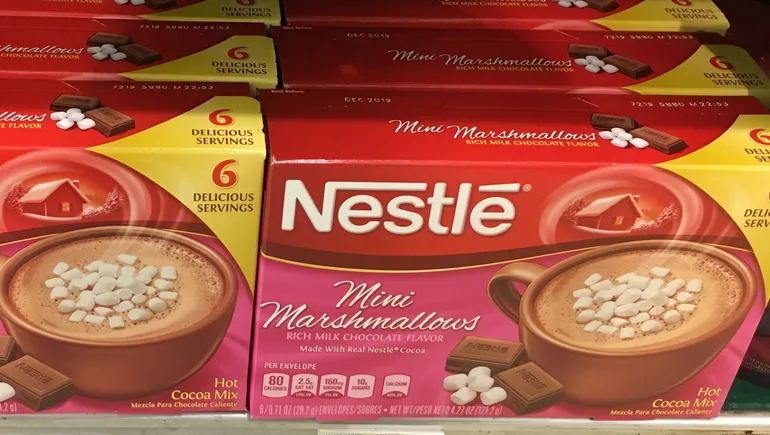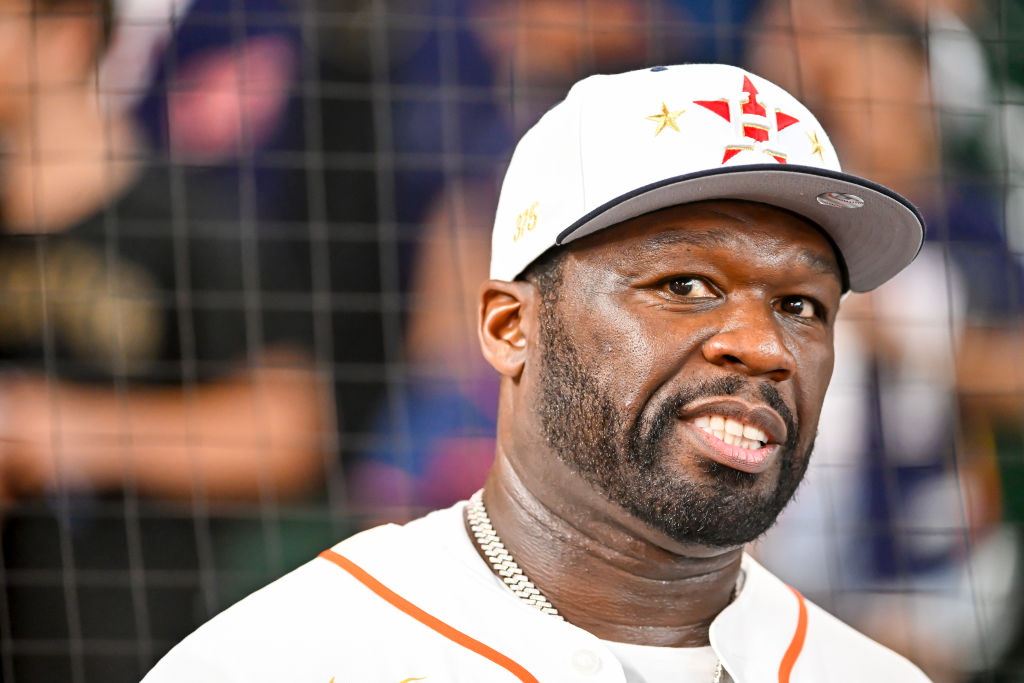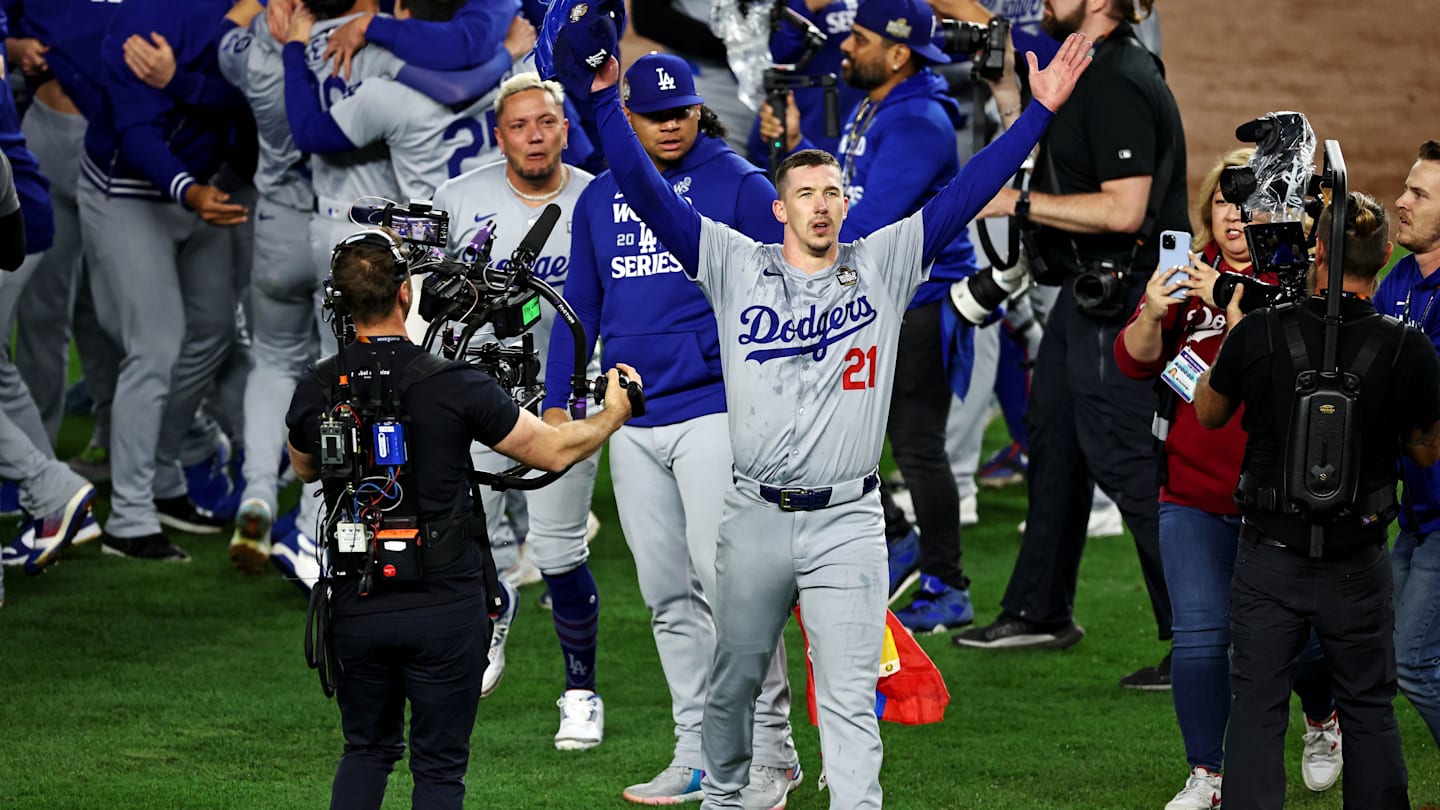Bussiness
Nestlé to cut $2.8B in costs, separate water into standalone business

Dive Brief:
- Nestlé plans to cut at least $2.8 billion in costs by 2027, with the savings invested into other parts of its business. The Lean Cuisine and Nespresso manufacturer also plans to increase advertising and marketing to grow sales and market share of some of its biggest brands.
- The Switzerland-based CPG giant announced at its investor day that it would separate its waters and premium beverages business into a standalone business beginning in 2025. The business, which includes brands such as Perrier and Sanpellegrino, represents just under 4% of its global sales and has struggled recently. Nestlé management said it will evaluate strategy for the business, including partnership opportunities.
- The announcements come as Nestlé faces challenges as consumers cut back on spending, cutting into demand for many of its products such as frozen food. The company named insider Laurent Freixe as CEO in September and has since announced changes to its organizational structure and executive board to reduce complexity and speed up decision-making.
Dive Insight:
Despite overseeing Nestlé for only two months, Freixe has wasted little time making changes to help the world’s largest food company overcome its recent stumbles and restore meaningful growth to the 158-year-old business.
The company has faced challenges after increasing prices, cutting its advertising and marketing budget and pulling back on innovation. As a result, Nestlé has seen cash-strapped consumers turn to other products that are cheaper, more innovative or better advertised.
Nestlé last month cut its sales guidance for the full year to 2%, which would be the lowest annual rate since at least the turn of the century. In North America, which accounts for more than a quarter of its sales, Nestlé noted that organic growth declined 0.3% for the nine-month period to $21.4 billion.
Freixe, a 38-year Nestlé veteran, vowed to “increase our investment to support organic growth at the same time as we will raise our game in terms of quality of execution.” The company also plans to tweak how it goes about innovating, maintaining the same level of attention on product development but focusing on “fewer, bigger and better” bets that have the greatest potential for success.
Nestlé currently launches more than 1,000 innovations and product renovations globally each year.
Freixe said Nestlé, with a portfolio that includes Nescafe, Hot Pockets and DiGiorno, has no plans to meaningfully cut back on its portfolio of more than 2,000 brands. “Like any company, we have businesses operating below their potential,” he said.
“We need to be more systematic in our approach to managing underperformance, diagnosing the issues and swiftly developing and implementing targeted action plans,” he added. “As it stands today, we expect to fix, rather than to sell, a majority of these businesses.”
The move to separate its water and premium beverages business into a standalone unit, however, could indicate Nestlé is looking to sell all, or at least a portion, of the operation. It’s a similar strategy Nestlé used when it partially disposed of its ice cream business through a joint venture with buyout firm PAI Partners in 2020.
Nestlé has not been hesitant to offload slower-growing businesses. It sold its U.S. chocolate business, which housed more than 20 American candy brands like Butterfinger and Baby Ruth, to Ferrero for $2.8 billion in 2018. And three years later, it offloaded its North American bottled water business, including brands such as Poland Spring, Deer Park and Pure Life for $4.3 billion.
Still, while Nestlé has divested large parts of its business, it has increased its exposure in more trendy and faster-growing areas such as coffee, pet food, nutrition, health and wellness through acquisitions. It has also launched its own brands, led by Vital Pursuit, which targets GLP-1 consumers, and extended brands like Stouffer’s into new aisles of the grocery store.









